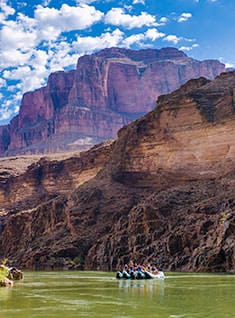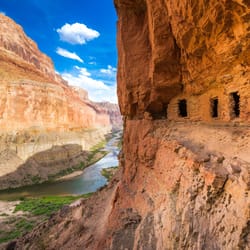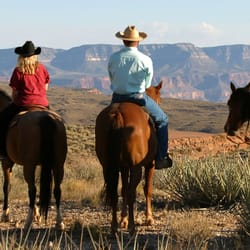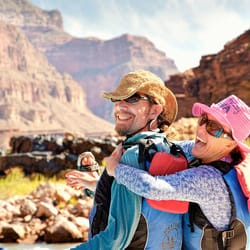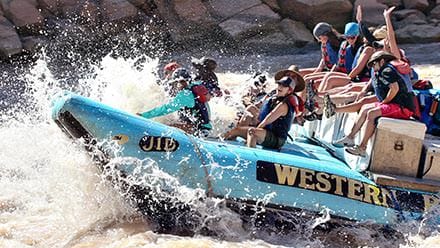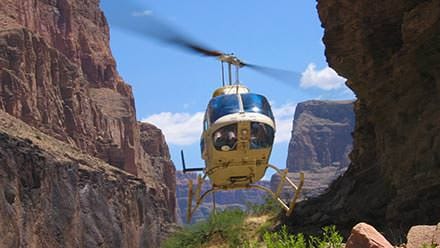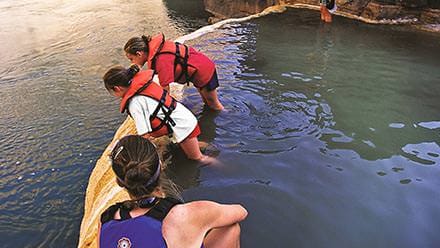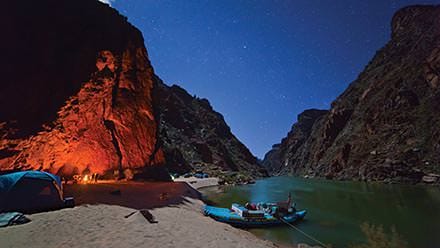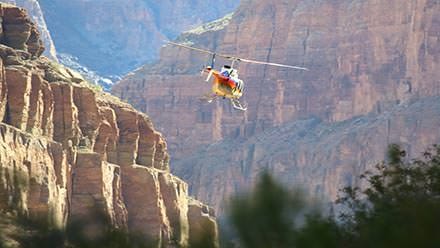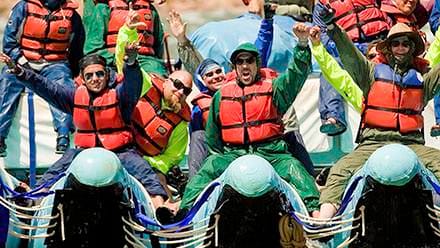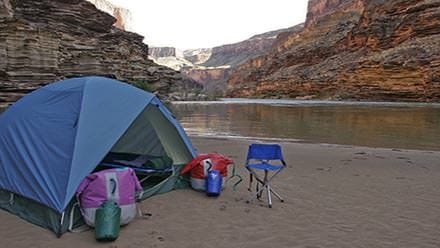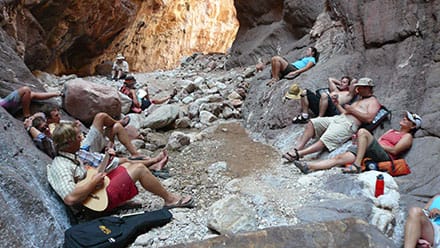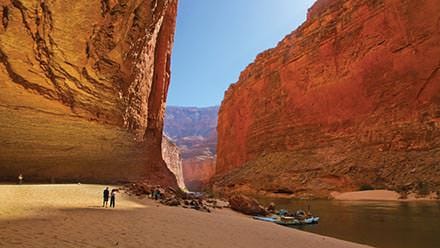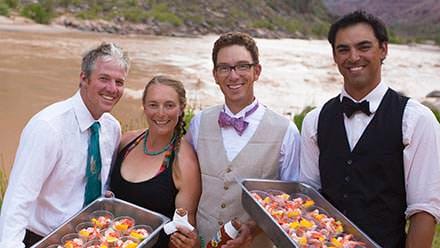Packages in Grand Canyon - How They Differ »
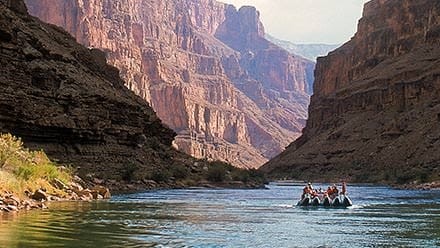
The Perfect Introduction to Grand Canyon Rafting
The 3 Day Expedition is an excellent way to introduce yourself to the Grand Canyon - and even to whitewater rafting in general. Half the length of the 6-7 day trip, milder white water rapids, and fewer, shorter hikes, the 3-day expedition is the perfect introduction to Grand Canyon rafting. The lower part of the canyon is not short on scenery though! Begins and ends in Las Vegas, Includes flight to Bar Ten, helicopter, jetboat, and motorcoach return
The Fully Packed Grand Canyon Tour
The 4-Day Expedition includes all the river time of the 3 day but pause for a night at the Bar Ten Ranch after your scenic air tour over Lake Mead and the Western end of the Grand Canyon. Enjoy horseback rides, skeet shooting, local beef BBQ dinner, an optional ATV ride, an evening of cowboy entertainment (best in the west - or at least for 80 miles around, a helicopter ride into the Grand Canyon, and a speedy jetboat ride out! Yeehaw!
The Ultimate Grand Canyon Rafting Vacation
Western's upper Grand Canyon 6-7 Day Expedition is, in our opinion, the ultimate Grand Canyon rafting vacation. It traverses the most iconic - or well known - section of the Grand Canyon, which includes popular features like Redwall Cavern, the Little Colorado, Crystal, Hermit, Granite rapids, Elves Chasm, Deer Creek Falls, and Matkatimiba and Havasu Canyons. At the end of this trip, a helicopter takes you up and out of the canyon at mile 188 to the Bar Ten Ranch airstrip for return to Las Vegas, NV or Page, AZ.
Back to List

